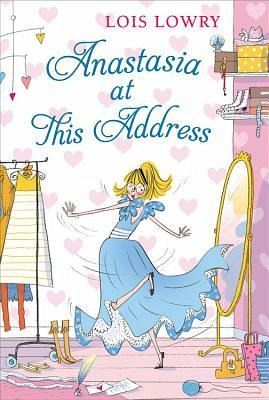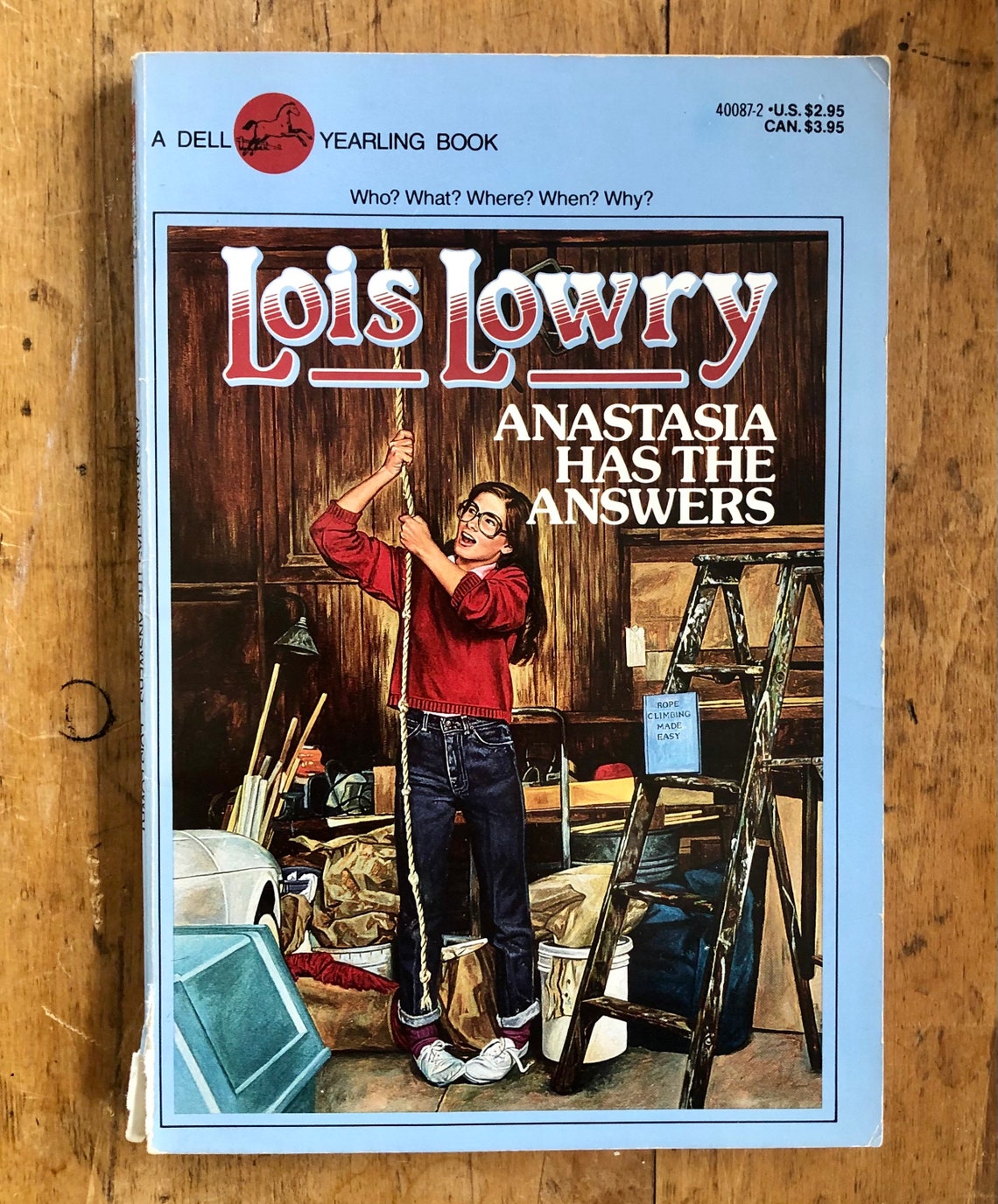

The story is told from Sam's point of view which is especially fascinating because it begins with Sam's birth. Luckily, it ends hilariously but is also a cautionary tale about misrepresenting yourself.Lowry adds another dimension to her stories about the Krupnik family with this first volume in a series about Anastasia's extremely precocious younger brother, Sam. Nowadays, we understand the dangers that children can face from adults online. Anastasia rationalizes that this is what she’ll look like at that age. In Anastasia at This Address, she replies to an ad from a 28-year-old “SWM” (single white male) with a photo of her mother when she was in her twenties.

Long before dating apps, Anastasia utilizes the 1991 equivalent of online dating: newspaper personals ads. With social media profiles and playlists, the compulsion to keep track of our favorites seems more common today. However, the idea of recording fleeting likes and dislikes was new to me in the ‘90s. People have always used diaries to chronicle their lives privately. The rest of the series contains similar lists, which Anastasia crosses out and updates, according to her mood. In the first book, each chapter ends with a list of Anastasia’s loves and hates. Here are a few reasons why the Anastasia books still seem so modern, even today: Overall, though, I think that the series holds up well. Published between the late 1970s and 1990s, the books contain cultural and technological references that sound dated today. They introduce adult topics like death, sex, and alcohol in a way that some people would find irreverent or inappropriate.

I learned who Sigmund Freud was when I was ten because Anastasia bought a bust of him at a garage sale ( Anastasia, Ask Your Analyst).Īs an adult, I understand why these books are frequently challenged and banned. This might sound pretentious, but they’re made in an offhand way, with sitcom-like humor. In contrast, Anastasia’s parents support her unconditionally while bantering casually.Īnastasia, her artist mom, and Harvard professor dad make cultural references that expanded my knowledge and vocabulary. Madeleine L’Engle’s loving families talk to each other in a way that I found oddly formal.

She, her little brother Sam, and her quirky parents were by far the most similar characters to my family that I’d ever found. I related deeply to Anastasia, a bookish, inquisitive, and dramatic girl. In the late ‘90s, I discovered Lois Lowry’s middle grade Anastasia Krupnik books in my elementary school library and immediately had to read the whole series.


 0 kommentar(er)
0 kommentar(er)
